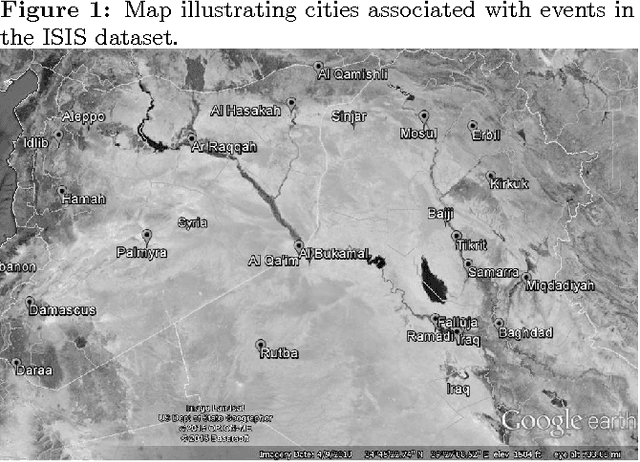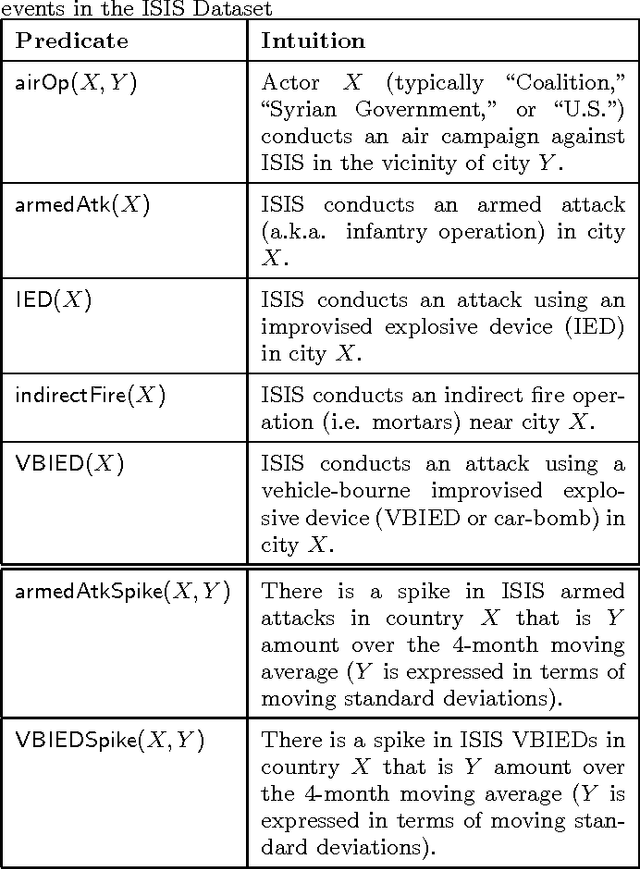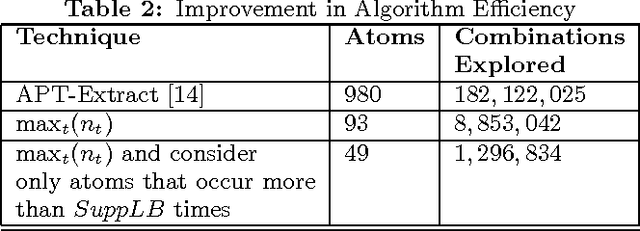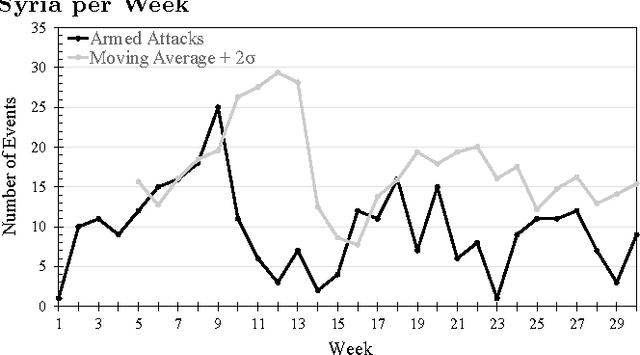Amanda Thart
Darknet and Deepnet Mining for Proactive Cybersecurity Threat Intelligence
Jul 28, 2016



Abstract:In this paper, we present an operational system for cyber threat intelligence gathering from various social platforms on the Internet particularly sites on the darknet and deepnet. We focus our attention to collecting information from hacker forum discussions and marketplaces offering products and services focusing on malicious hacking. We have developed an operational system for obtaining information from these sites for the purposes of identifying emerging cyber threats. Currently, this system collects on average 305 high-quality cyber threat warnings each week. These threat warnings include information on newly developed malware and exploits that have not yet been deployed in a cyber-attack. This provides a significant service to cyber-defenders. The system is significantly augmented through the use of various data mining and machine learning techniques. With the use of machine learning models, we are able to recall 92% of products in marketplaces and 80% of discussions on forums relating to malicious hacking with high precision. We perform preliminary analysis on the data collected, demonstrating its application to aid a security expert for better threat analysis.
Mining for Causal Relationships: A Data-Driven Study of the Islamic State
Aug 05, 2015



Abstract:The Islamic State of Iraq and al-Sham (ISIS) is a dominant insurgent group operating in Iraq and Syria that rose to prominence when it took over Mosul in June, 2014. In this paper, we present a data-driven approach to analyzing this group using a dataset consisting of 2200 incidents of military activity surrounding ISIS and the forces that oppose it (including Iraqi, Syrian, and the American-led coalition). We combine ideas from logic programming and causal reasoning to mine for association rules for which we present evidence of causality. We present relationships that link ISIS vehicle-bourne improvised explosive device (VBIED) activity in Syria with military operations in Iraq, coalition air strikes, and ISIS IED activity, as well as rules that may serve as indicators of spikes in indirect fire, suicide attacks, and arrests.
 Add to Chrome
Add to Chrome Add to Firefox
Add to Firefox Add to Edge
Add to Edge